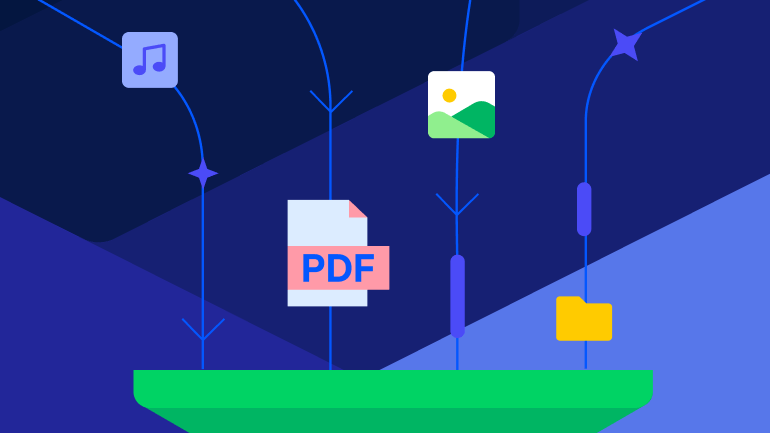Streamlining Instructional Video Production with AI
The demand for high-quality instructional videos has never been greater. Everybody needs them. Whether you are onboarding new users or rolling out complex technical products, there is always a lot of pressure to deliver awesome and accurate videos. But let’s be realistic—the resources and deadlines are always tight. This is where advances in AI are completely transforming the way content is created and consumed these days. AI tools are now making it possible to restructure time-consuming production steps for creators. They can reduce human error to significantly improve the overall learning experience for learners.
What Is Agentic RAG?
Discover how agentic RAG combines Retrieval-Augmented Generation with autonomous AI agents to deliver accurate, context-aware and trustworthy responses. Learn why this advanced architecture outperforms traditional RAG for enterprise AI by facilitating dynamic workflows, compliance and efficiency.
The Progress Data Platform: The Offensive Line for AI
A strong data foundation is the offensive line of AI—rarely celebrated, but absolutely essential to protecting performance, ensuring consistency and powering every winning play.
Streamline LLM Quality Assurance for RAG
Developers, product owners and companies searching for a RAG-as-a-Service solution, listen up! The Nuclia Prompt Lab is here to revolutionize the way you test and integrate LLMs with your unstructured data. The Nuclia Prompt Lab is a unique tool that allows you to test how different LLMs behave and answer questions with your own prompts and data. Say goodbye to hours of experiments, and hello to increased product value.
Also Able to Explore

Latest Stories in Your Inbox
Subscribe to get all the news, info and tutorials you need to build better business apps and sites


.png?sfvrsn=e92ea2ea_2)
